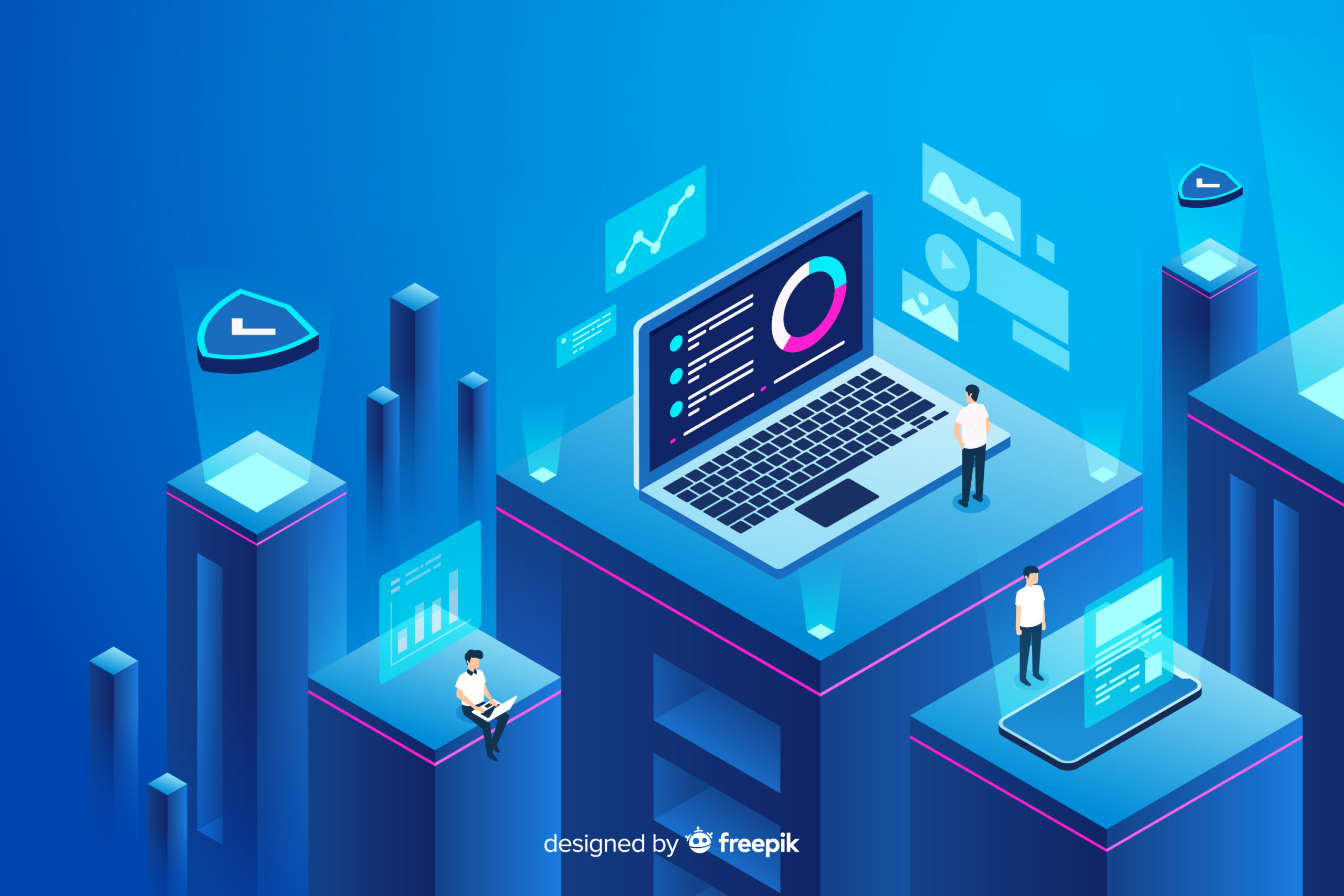By Ashley E. Sperbeck, M.S., M.S., Esq., Associate at Gearhart Law, LLC
On April 5, 2021, the U.S. Supreme Court handed down the most important copyright decision in a generation in reversing a 2018 Federal Circuit ruling in favor of Oracle in finding Google’s use of Oracle’s Java application programming interface (“API”) packages a fair use as a matter of law. Google LLC v. Oracle Am., Inc., No. 18-956, 2021 U.S. LEXIS 1864 (2021). In delivering the opinion for the Court, the majority, on behalf of Justice Breyer, explained that in reviewing the Federal Circuit’s decision, the Court assumed that the material was copyrightable. However, applying the four guiding factors of the Copyright Act’s fair use provision, including (1) the purpose and character of the use, (2) the nature of the copyrighted work, (3) the amount and substantiality of the portion used in relation to the copyrighted work as a whole, and (4) the effect of the use upon the potential market for or value of the copyrighted work, to assess fair use, the Court determined that Google’s “limited copying of the API” was a fair use as a matter of law, since, “computer programs differ to some extent from many other copyrightable works because computer programs always serve a functional purpose. Because of these differences, fair use has an important role to play for computer programs by providing a context-based heck that keeps the copyright monopoly afforded to computer programs within its lawful bounds”.
Google LLC, 2021 U.S. LEXIS 1864, at *3-4. Such rationale is supported by the idea that the copyrightable computer code cannot be separated from other, uncopyrightable elements. For instance, the copyrightable computer code is, “inextricably bound up with the idea of organizing tasks into [] cabinets, drawers, and files, an idea that is also not copyrightable. It is inextricably bound up with the use of specific commands known to programmers. . . . it is inextricably bound up with implementing code, which is copyrightable”. Id., at *40-41.
Regarding the first guiding factor of the Copyright Act’s fair use provision, the purpose and character of the use, the Court assessed whether Google’s use was transformative in some way as to add something new to the copyrighted work. The majority explained: “Google’s use of the Sun Java API seeks to create new products. It seeks to expand the use and usefulness of Android-based smartphones. Its new product offers programmers a highly creative and innovative tool for a smartphone environment. . . .” Id., at *45.
With respect to the second guiding factor of the Copyright Act’s fair use provision, the nature of the copyrighted work, the Court explained that the nature of the work favors fair use since, “the copied lines of code were part of a ‘user interface’ that provides a way for programmers to access prewritten computer code through the user of simple commands.” Id., at *4. Moreover, “[u]nlike many other computer programs, the value of the copied lines is in significant part derived from the investment of users (here computer programmers) who have learned the API’s system.” Id., at *5.
Regarding the third guiding factor of the Copyright Act’s fair use provision, the amount and substantiality of the portion used in relation to the copyrighted work as a whole, the Court found that the quantity of the copied content should be viewed in light of the “several million lines that Google did not copy,” rather than the 11,500 lines of code it did copy, because those lines were copied for a transformative purpose. Id., at *50.
Finally, with regards to the fourth guiding factor of the Copyright Act’s fair use provision, the effect of the use upon the potential market for or value of the copyrighted work, the Court found that there was uncertainty as to whether Sun/Oracle could have successfully competed in Android’s marketplace and uncertainty surrounding whether Oracle’s lost revenue occurred due to its own investments in creating the Sun Java API or with third parties’ investments.
Before reversing and remanding the case back to the Federal Circuit, the Court made clear that its decision does not overturn or modify its earlier cases on fair use, but this case is different. “[W]e here recognize that application of a copyright doctrine such as fair use has long proved a cooperative effort of Legislatures and courts, and that Congress, in our view, intended that it so continue. As such, we have looked to the principles set forth in the fair use statute, §107, and set forth in our earlier cases, and applied them to this different kind of copyrighted work” .Id., at *60-61.
In dissenting, Justice Thomas argued, with Justice Alito joining, that the Court reached the unlikely result that Google’s use was fair because it bypassed the question of, “[i]s the software code at issue here protected by the Copyright Act?” Id., at *63. By choosing not to analyze the question of copyrightability, the dissent asserted that the Court skipped “half the relevant statutory text” and denied the reality that Google’s use was unfair. See, id. In its own analysis of the four guiding factors of the Copyright Act’s fair use provision, the dissent found that only the nature of the work factor weighed in favor of Google, which by itself, was insufficient to support a determination of fair use. Id., at *86. Concluding that “the majority purports to save for another day the question whether declaring code is copyrightable,” the dissent believes that the, “only apparent reason for doing so is because the majority cannot square its fundamentally flawed fair-use analysis with a finding that declaring code is copyrightable. The majority has used fair use to eviscerate Congress’ considered policy judgment.” Id., at *86-87.
Responsive to this holding, the Court’s fair use analysis is likely to result in an increased number of software-related claims of fair use. This decision can be seen as weakening copyright protection for software code developers, allowing competitors to develop improved products, and, essentially, reducing the incentive for innovation within this industry.


